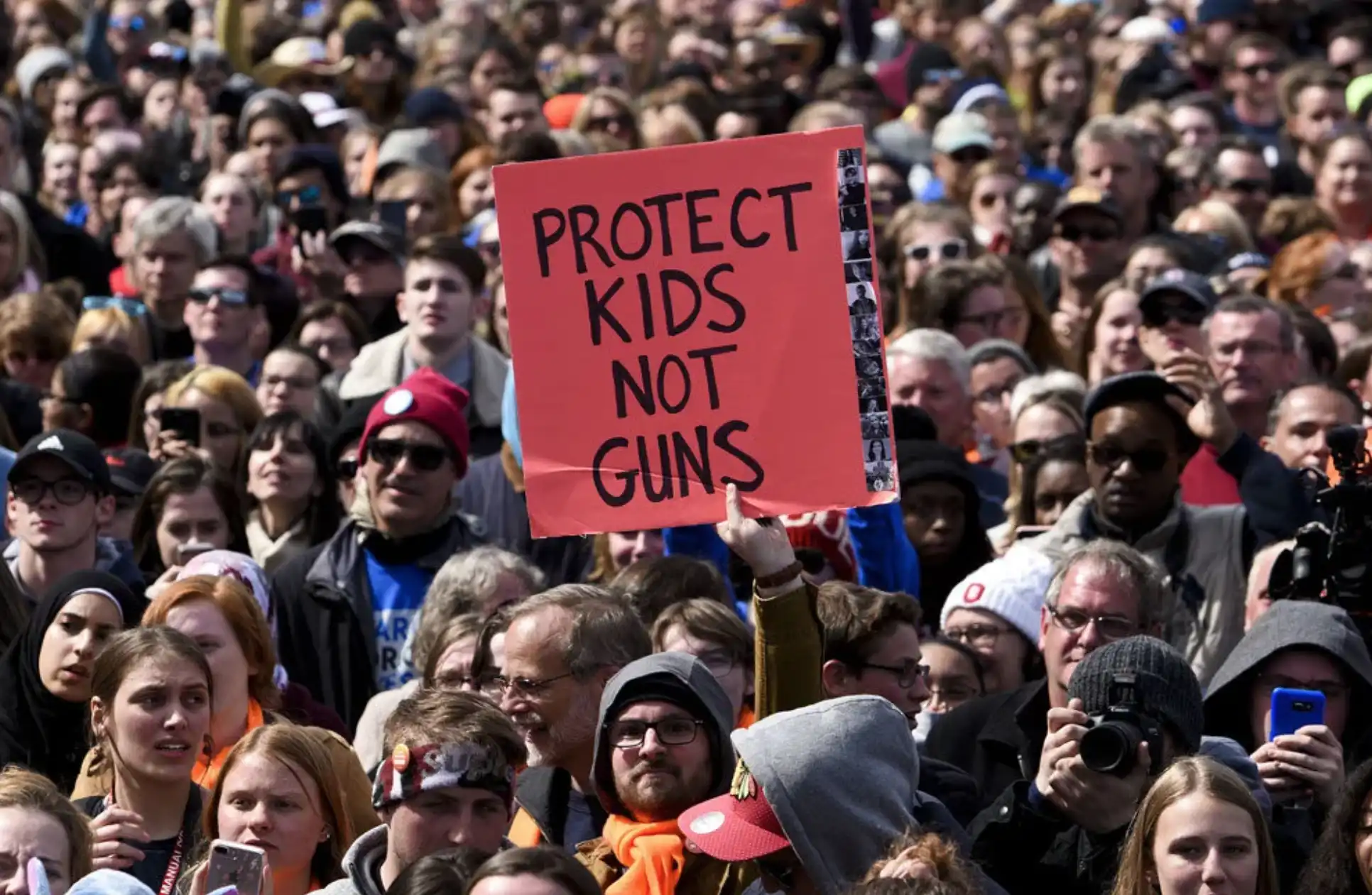The latest mass murder in the United States in a school in Uvalde, a small town in Texas, one of the most conservative and pro-gun states, left 21 dead – most of them children – and occurred only 11 days after the previous massacre in Buffalo. As with every massacre, the U.S. political system is divided between silence and demonstrations of rejection after crossing, for the umpteenth time, an imaginary red line. But while the debate, as always, does not go beyond the debate, the stock markets, as always, react immediately and the shares of the main U.S. gun manufacturers, which live off death, soared: Smith & Wesson Brands rose 9%, Vista Outdoor 6.7%, and Sturm Ruger & Company 3.5%.
While the gun manufacturers, grouped around the National Rifle Association, and the beneficiaries of their corruption – also called lobby – get richer, in front of the cameras the debate rages between the individual rights established by the Second Amendment of the Constitution for the use of weapons and the collective affectations.
One of the favorite excuses of the defenders of “freedom” usually falls on the fact that most of the murderers who commit massacres in the United States have mental health disorders. Thus, the gun is not the central problem but what exists is an alleged misuse of guns, completely ignoring the absurd access to almost any type of weapon.
The Uvalde massacre is a new case where the main actors are young people who, thanks to the unrestricted and “constitutional” access from the age of 18 to semi-automatic weapons, including R 15 rifles, have all the gadgets to reproduce scenes with which we are increasingly familiar. This year, according to the NGO Gun Violence Archive, 213 shootings have been recorded in the United States.
This ridiculous adherence to the constitution allows a teenager to arm himself to the teeth in any store around the corner, but a child under 21 years of age cannot even drink a beer.
Texas is one of the states with the greatest accessibility for the purchase of guns, in fact, no special permit is required since they were repealed by the current governor Greg Abbott. However, this fact will hardly generate a consensus about enhancing gun control, even of assault weapons, despite the fact that evidence indicates that the higher the regulation of gun purchases, the lower the number of deaths in the states.
The debate, in fact, will continue to rage on in the face of the Second Amendment to the Constitution and the unusual argument that in order to reduce murders, teachers in schools must be armed, as stated by Texas Attorney General Ken Paxton after the massacre. This is the absurd argument to which the National Rifle Association clings and which it will surely bring up at its next Annual Convention to be held in Houston, Texas, on May 27, in which former President Donald Trump will participate.
The National Rifle Association has supported the political campaigns of both Republican and Democratic candidates, especially in communities where the use of guns is a cultural issue and part of their daily life. In fact, the last gun control proposal, carried forward by President Barack Obama’s administration, was on the verge of advancing but ultimately failed because Democratic legislators ended up supporting their communities in favor of gun use.
In view of the new massacres of the last month, it is worth remembering, once again, that it would be highly desirable for the U.S. Congress to move forward with legislation for higher gun control, which requires the vote of 60 of the 100 senators that make up the chamber. But given the political and electoral context that lies ahead, it seems quite difficult. In addition, conservative positions, such as the rejection of abortion, are strengthening in U.S. society. Therefore, for the time being, it seems that in the United States the economic and ideological interests of pressure groups and certain sectors of the population will continue to be given priority over life.
Translated from Spanish by Janaína Ruviaro da Silva











